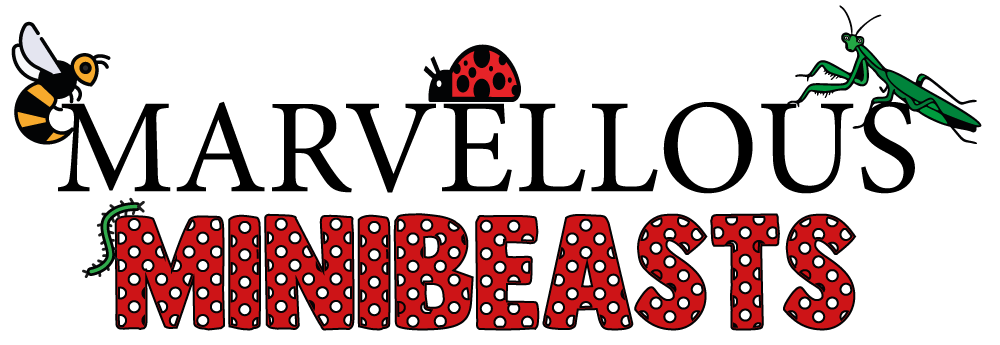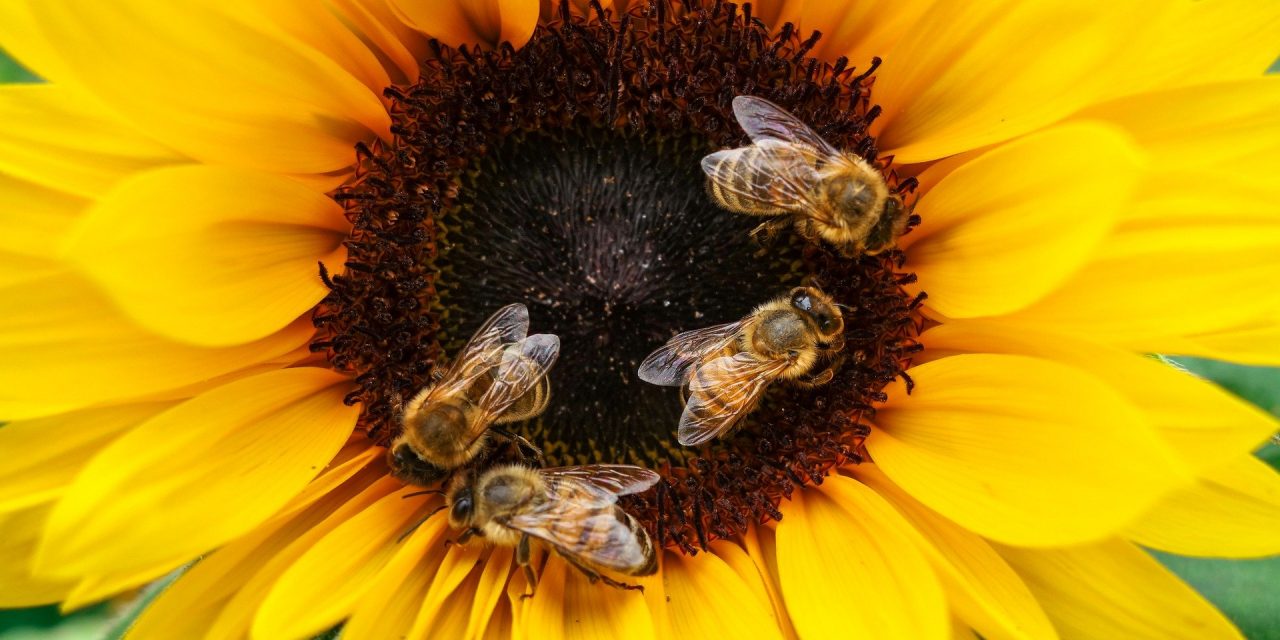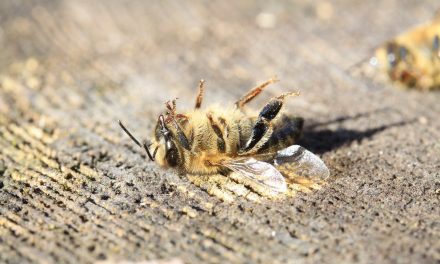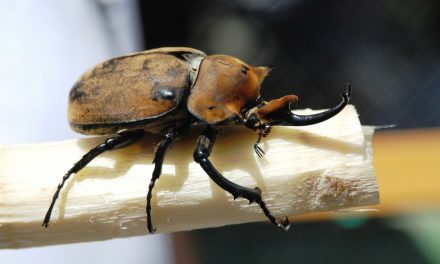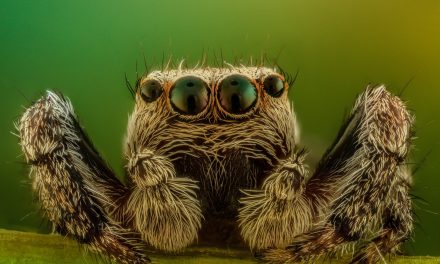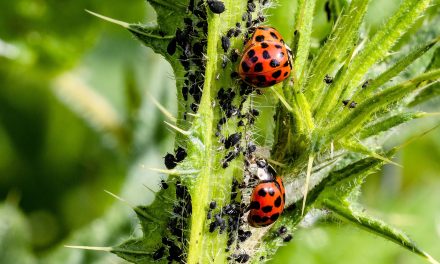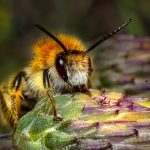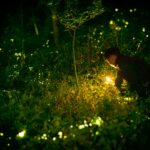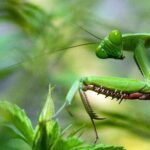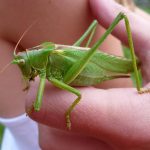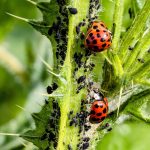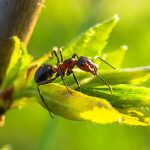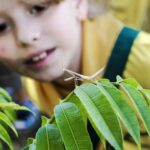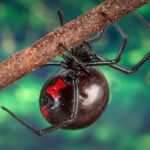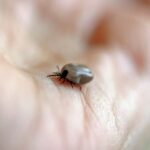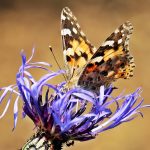If we can actually get past the fact that bugs can be extremely annoying and even troublesome at times, we would actually begin to see that they also serve a purpose. Insects have evolved over hundreds of years from the huge insects of the dinosaur era to the teeny tiny ones that we see today, and each of those insects has a job to do.
Pollinators
Bees and other insect pollinators play a critical role in our ecosystem, and many species of plants and animals simply would not survive without them. The most important insects in the world of bugs are pollinators.
Pollinating insects are insects that travel from flower to flower, and they do this because they feed on something called nectar. Flowers have evolved over millions of years purposely to attract pollinating insects;
- They started to produce nectar to attract bees and butterflies
- The flowers shape evolved to make it easy for flying pollinators to land
- Created a method within the flower that transfers the pollen directly to the insect
Flowers and bees have also evolved ways to prevent bees from wasting valuable collecting time. A bee can detect before landing if another bee has visited a flower, and nectar is low, the bee knows to move onto the next. Some flowers change colour to show that it has been pollinated, so the bee knows to avoid it.
While some plants can self pollinate, around 80% of flowering plants are entomophilous, which means they depend on insect pollination to be able to reproduce. Other plants rely on the wind to carry pollen to one another. Grasses rely solely on the wind to pollinate as they don’t have flowers that attract bees and butterflies to do it for them, which is why wildflowers always have different varieties of grass growing amongst the flowers.
How does pollination work?
When the bee or butterfly is feeding on the nectar that is produced by flowers, they collect pollen on their bodies from each of the flowers they visit, transferring it from one flower to the next.
Some insects like the honey bee will comb itself, moving pollen grains into the pollen baskets made of stiff hairs on her hind legs. Some pollen grains are dry, making it hard to form into a clump. If the pollen is too dry, it can fall off during the flight. To prevent the pollen from falling off, the honey bee will regurgitate a little nectar and mix it with the pollen to form a clump adding it to the pollen basket. Some bee species do not have pollen ‘baskets’ on their hind legs, so they transport the pollen in the hair on their abdomen, transferring it to the next flower.
The honey bee can communicate with other bees in the colony about where to collect pollen. They will do this by doing a figure of eight dance and producing vibrations telling the colony how far away the pollen is, its direction and its quality.
Flower constancy
Flower constancy is how a bee collects pollen; flower constancy means they will only visit one plant species at a time, visiting all of the flowers on that plant before moving on to the next species of plant. There are two reasons for this.
- It is beneficial for the plant – when a bee visits all of the flowers on the same plant, it increases the chance of receiving the only type of pollen that a particular plant needs to reproduce.
- It is beneficial to the insect – it increases the chance of finding abundant flowers that are easily accessible and recognisable to them, enabling them to fly home loaded with pollen from one plant species.
Can you imagine how long it would take to pollinate fruit trees, plants and flowers without pollinating insects?
Fruit plants
Once a fruit plant is pollinated, it can produce fruit, which is an essential food source for many people and animals. Fruit doesn’t just serve as a food source; it is also another way a plant can reproduce. Animals, insects and birds will carry the fruit to different locations, and the seeds contained in the fruit can produce more plants that will bear more fruit.
The production of seeds, nuts, berries, and fruits depends on insect pollination; without pollination, they wouldn’t survive, resulting in dire consequences for our ecosystem.
Other pollinating insects
In the British Isles alone, there are over 270 different species of bees, most of which are essential for the pollination of flowering plants and crops. Other insects that serve as pollinators include;
- Butterflies – around 60 species
- Moths – over 2,500 species
- Flies – 6,700 species
- Beetles
- wasps
- Thrips
All of these insects play an essential role in maintaining our ecosystem by carrying out pollination. Over the last forty years, there has been an enormous decline in all of these insects, including three British bumblebee species that are already extinct.
Bee environment
Studies have been carried out showing that some smaller species of bees do not like to cross open areas, and with lots of our greens spaces and natural insect habitats being infringed on, we must do our bit to help.
We can help the bees to cross open spaces by planting wildflowers on grass verges and allowing wildflowers to grow in hedgerows and bankings. Though it may seem insignificant, these small areas can form crossings for the bees making a considerable difference to their ability to pollinate flowers and plants in built-up areas.
We can also help by planting wildflowers in forest areas; in Denmark, for instance, bees in forestry help protect newly planted trees from being eaten by deer. The bees help create other food sources for the deer by pollinating plants that they like to eat. They also help produce food for lots of other animals, like berries, seeds, and Fruits. When enough bees are present in forestry, they provide better pollination, leading to the regeneration of trees and plants and provides overall better biodiversity within the forest.
Planting wildflowers in forestry and green spaces will also help keep the bees in their natural environment. With more and more houses being built and more of our green spaces being taken by shops, offices and industrial units, bees have to look for other places to make a home. More often than not, inside someone’s home. Bees and trees belong together and given a choice; bees would choose to nest in trees rather than in peoples home.
Flowers that attract pollinators
As you can see from this list, there are many different species of flowers suited to all pollinating insects, but the problem is we don’t have enough space in our gardens to provide them all. The best way to offer a large variety of suitable flowers for all pollinating insects is by planting wildflowers.
You can purchase wildflower mixes which will provide lots of different varieties of flowers and grasses that will keep pollinating insects happy even if you have the smallest of spaces to put them in.
Wildflowers can be planted in the ground, in flower beds and borders, but they can also be planted in window boxes, pots and hanging baskets. So even if you have a tiny garden, you can still do your bit to help the bees.
Other helpful insects
Ladybugs, also known as ladybirds, are the small, winged beetles with red and black spots that we know and love. They are not only pretty, they also have a job to do. Ladybugs eat Pests, in fact, they eat around 50 different types of pests; its favourite is aphids.
Aphids are a common pest and can quickly destroy a farmer’s crops if left to their own devices. Ladybugs also lay their eggs in aphid nests, so their young have a readily available food source. They also eat other crop pests making them the number one farmers friend.
Earthworms are incredibly beneficial as they help to improve the soil. When a worm moves through the earth, they make tunnels, the roots of plants need oxygen to breathe, and those little tunnels help aerate the ground helping to get the oxygen down to the roots.
The tunnels also allow water to travel down to the roots when it rains. Earthworms also like to eat lots of things in the soil that other bugs won’t eat; they break down all of the nutrients from the things they eat, and they poop it out, leaving the earth fresh and fertilised.
Cockroaches, even the mention of the word, makes you shudder. Cockroaches live where waste from other organisms accumulates; they like to eat that waste, breaking it down and increasing some of the soil’s nutrients to help our plants grow.
Sir David Attenborough has said
“If we and the rest of the back-boned animals were to disappear overnight, the rest of the world would get on pretty well. But if the invertebrates were to disappear, the world’s ecosystems would collapse.”
